

Matt Campbell
2026 Hyundai Tucson Hybrid review
13 Minutes Ago

News Editor
The Citroen C4 is returning to Australia.
The third-generation model, which has adopted some crossover design cues, will arrive in Australian showrooms by mid-November 2021.
Pricing will be released closer to launch, though the company has confirmed some local specifications.
It’ll be offered exclusively with a turbocharged 1.2-litre three-cylinder engine producing 114kW of power and 240Nm of torque, mated with an eight-speed torque-converter automatic transmission.
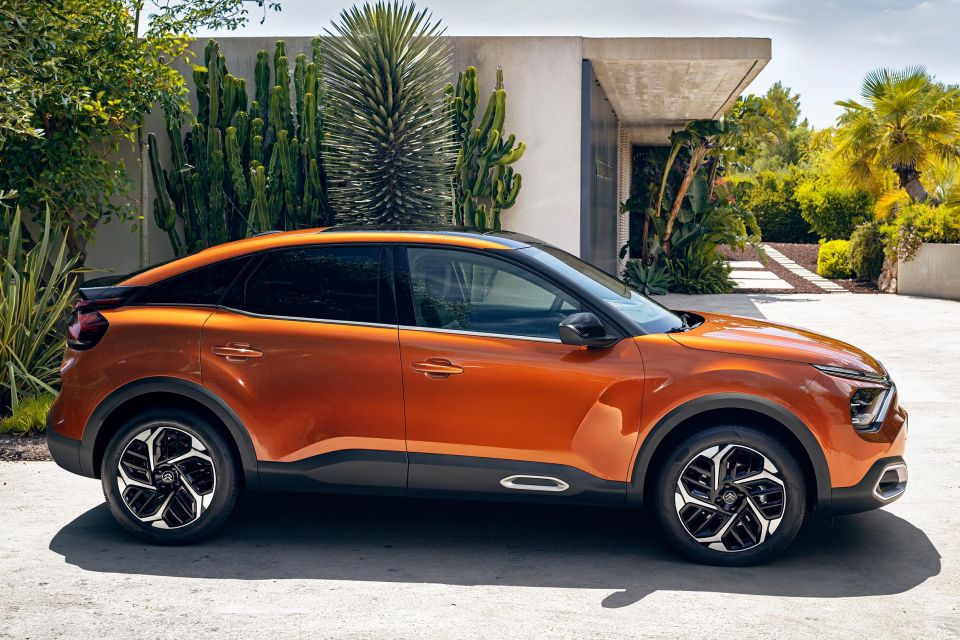
That means the electric powertrain found in the e-C4 won’t be part of the local line-up, nor will the less powerful versions of the petrol 1.2-litre or the diesel variants sold in Europe.
Just one trim level will be available, offering the following features as standard:
Citroen also says it’ll offer “360-degree vision”.
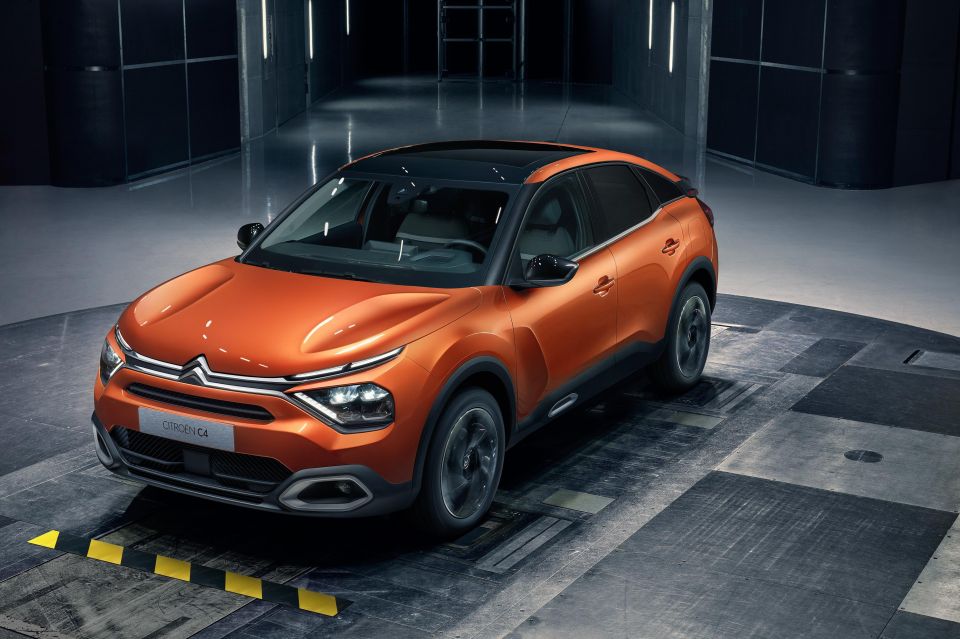
The company has focused on comfort for its latest C4, promising a “soothing interior atmosphere with light and soft materials” and “solutions in suspension, seating and acoustic comfort so that the driving experience feels like being in a cocoon”.
To that end, the new C4 offers Citroen’s latest suspension set-up with Progressive Hydraulic Cushions which, while not as avant garde as the company’s old hydropneumatic system, promises a “magic carpet ride”.
The suspension employs two hydraulic stops: one for rebound and one for compression.
Inside, the Advanced Comfort Seats front and rear include high-density material and 15mm thick foam.
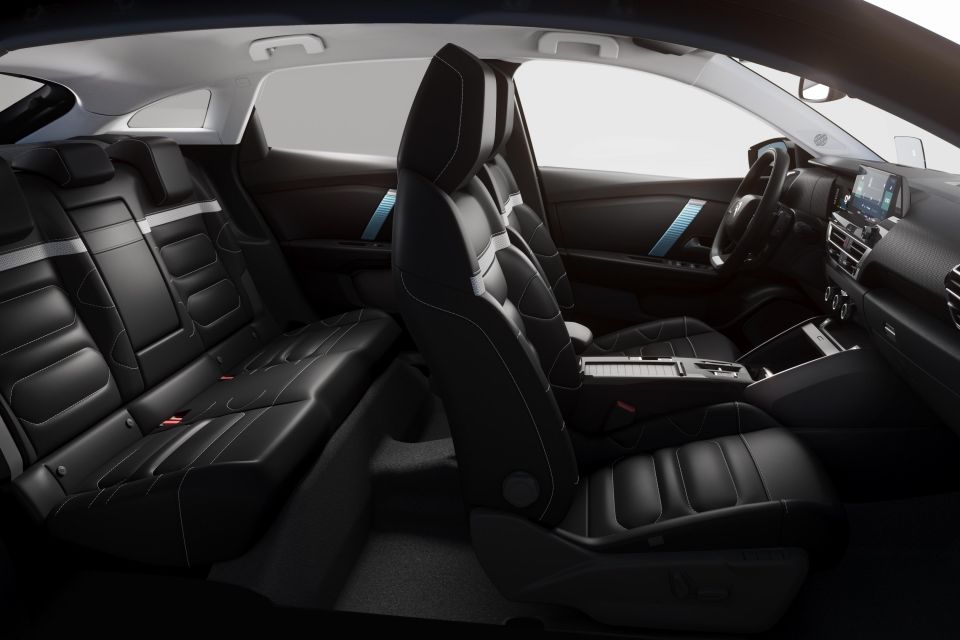
There’s a 10.0-inch touchscreen infotainment system with Android Auto and Apple CarPlay plus a digital instrument cluster, as well as handy features like a sliding drawer on the passenger side of the dashboard and an integrated tablet holder.
Though it’s 107mm longer and 19mm wider than a Peugeot 308, it doesn’t use that car’s EMP2 platform.
Instead, it’s based on the smaller Peugeot 208 and 2008’s EMP1 platform, much like how the Volkswagen Golf-sized Skoda Scala is based on the Polo‘s MQB A0 architecture.
The C4 hatchback was last seen in Australia in 2016, when the local distributor pulled the plug on it. It continued to be produced for other markets after its discontinuation here.

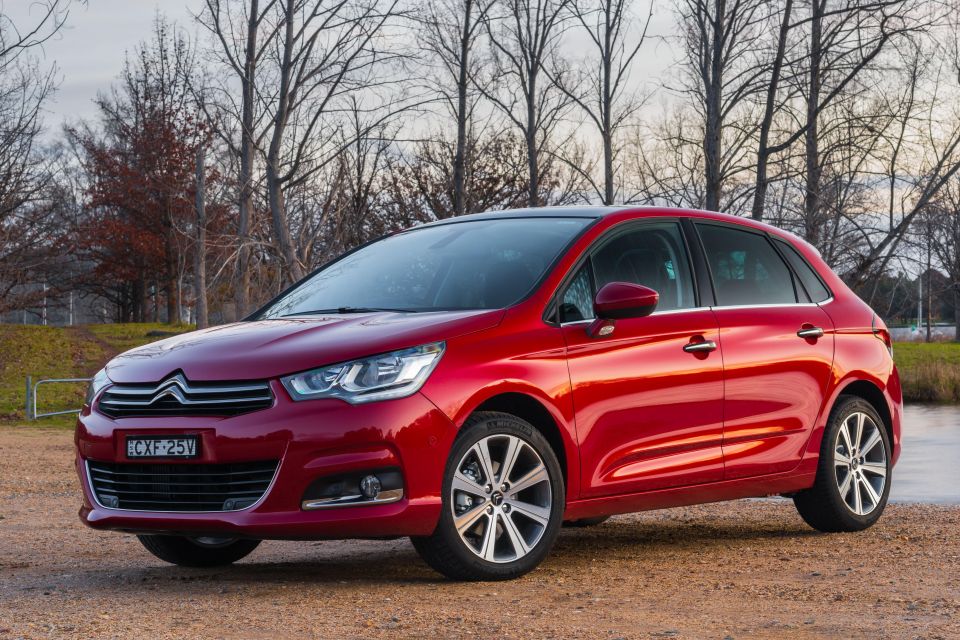
The new C4 returns the nameplate to a bolder design language, like the first-generation C4 best known for its dancing robot commercials, but this time with more of an SUV look.
Citroen has used the C4 name as a prefix on crossover models before. The updated Cactus became the C4 Cactus, for example, while a restyled version of the Mitsubishi ASX was sold as the C4 Aircross.
The C4 helps fill the void left by the C3 Aircross, which was discontinued earlier this year due to slow sales.
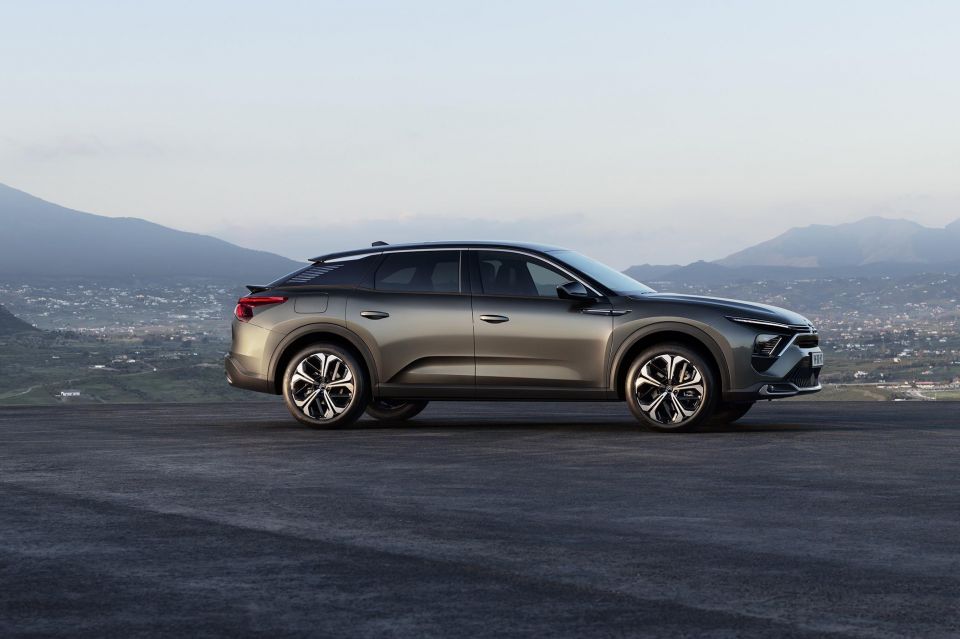
It slots in between the C3 light hatchback and the mid-sized C5 Aircross SUV, with the high-riding C5 X liftback not yet confirmed for Australia.
Last year, Citroen sold just 203 vehicles in Australia, its volume halved following the discontinuation of the C4 Cactus and Berlingo.
That put the French brand below Chrysler (218) despite having three model lines instead of one, and also meant Citroen was outsold by Ferrari (205) and Genesis (229).
Where expert car reviews meet expert car buying – CarExpert gives you trusted advice, personalised service and real savings on your next new car.
William Stopford is an automotive journalist with a passion for mainstream cars, automotive history and overseas auto markets.


Matt Campbell
13 Minutes Ago


Max Davies
16 Hours Ago


William Stopford
16 Hours Ago


Derek Fung
17 Hours Ago


Max Davies
1 Day Ago


William Stopford
2 Days Ago